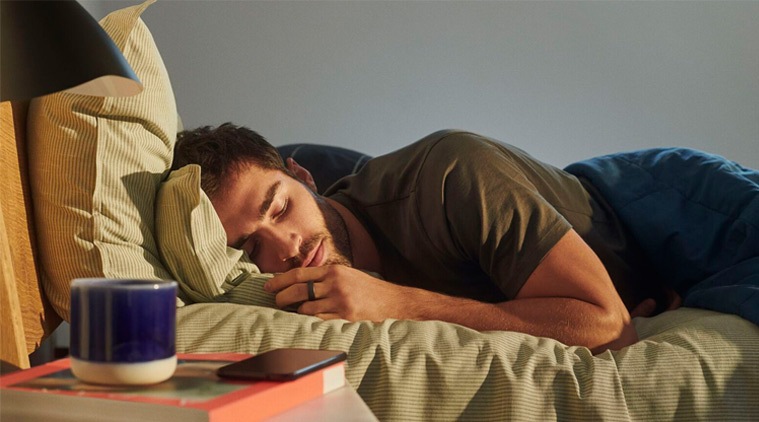 Oura is sponsoring the study and providing 2,000 rings to the frontline UCSF health care workers. (Image credit: Oura)
Oura is sponsoring the study and providing 2,000 rings to the frontline UCSF health care workers. (Image credit: Oura)
A team of doctors and researchers from the University of California in San Francisco are using a smart ring from Oura to study if there are early markers of COVID-19, even before the actual symptoms manifest. This is crucial because a large number of COVID-19 patients are asymptomatic, but still end up transmitting the virus to many.
Harpreet Singh Rai, CEO, Oura, tells indianexpress.com in a call from San Francisco that the smart ring is able to track symptoms “two to three days in advance”. He explains: “Since we are tracking temperature 24×7, since we track both heart rate variability and respiratory rate all throughout the night, we see these things change. I think it was really that interesting use case that we felt could be helpful for potentially identifying COVID-19.”
Rai, who heads Finland-based sleep tech startup Oura, says the aim of the study is to show that the Oura ring can spot changes in biometric data much before the actual symptoms surface. The point of the whole exercise is that if a smart ring-wearer detects COVID-19 symptoms, the person would get an early chance at treatment and be able to isolate it in time. The three-month study aims to build an algorithm that can predict illness symptoms. Dr. Ashley Mason of UCSF Weill Institute for Neurosciences is the lead researcher of the study.
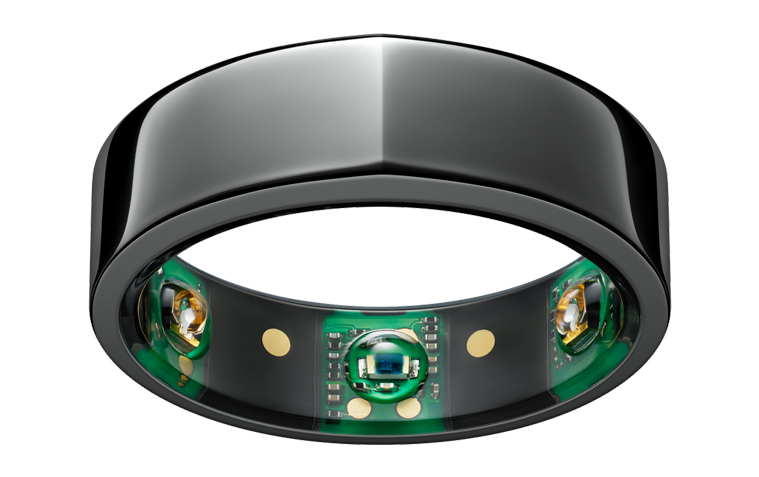 The Oura Ring allows users to track their sleep patterns, take their body temperature and track activity. (Image credit: Oura)
The Oura Ring allows users to track their sleep patterns, take their body temperature and track activity. (Image credit: Oura)
“One user came out publicly pretty early on and said his readiness score in the ring dropped to 50. Even though he didn’t feel that bad, he has never seen a score like that. He had a slight fever during the night and he thought this was quite odd. He went for a checkup and turned out that he had actually tested positive for COVID-19. We saw changes in data, while the user was still asymptomatic,” Rai explains.
Oura is sponsoring the study and providing 2,000 rings to the frontline UCSF health care workers. The study will include two types of groups: frontline health workers and regular people. “Everyday users who wear the ring get a questionnaire asking how they are feeling, are they having fever, cough, etc,” he adds.
While the study is currently being conducted by the University of California San Francisco, Rai and his team will add more sites in the coming days. The plan is in place to add sites in Chicago and Boston as part of the study. According to Rai, the study has opened to all Oura ring users and in a matter of a few days, 20,000 participants have enrolled so far.
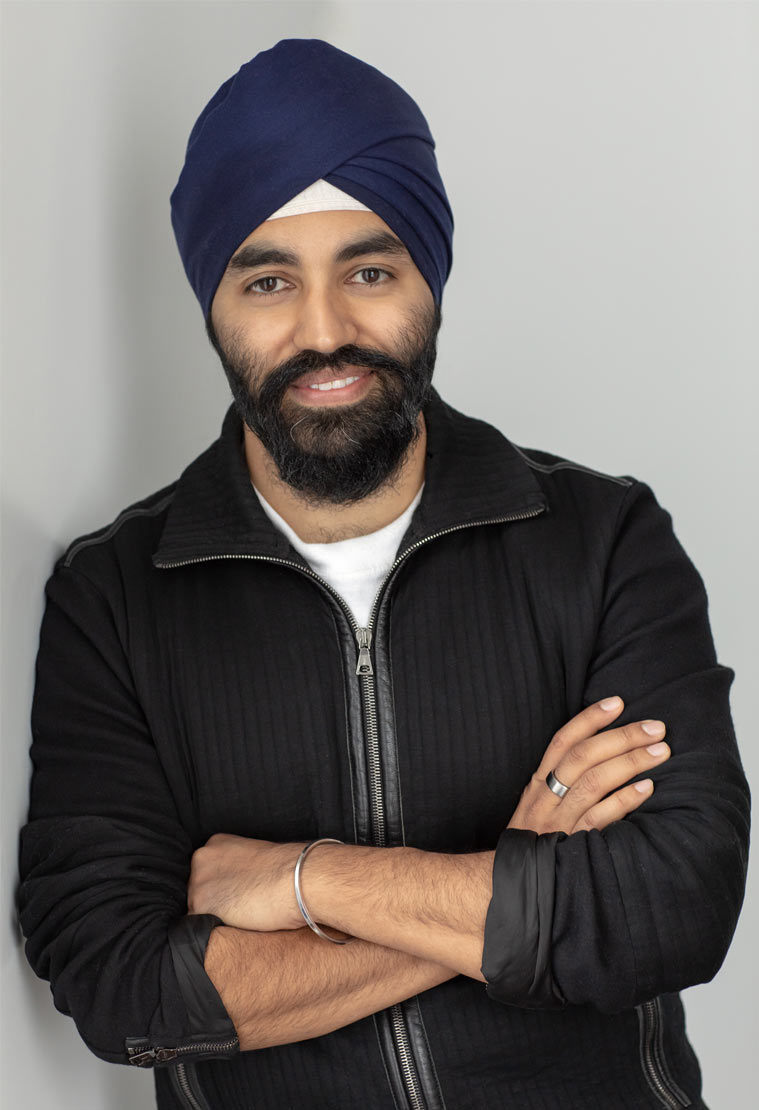 Harpreet Singh Rai, CEO, Oura. (Image credit: Oura)
Harpreet Singh Rai, CEO, Oura. (Image credit: Oura)
Rai, an Indian-American electrical engineer from the University of Michigan, joined Oura after a long stint as a hedge fund manager. Founded in 2014, Oura makes sleek-looking smart rings. The current-generation of Oura Ring, which retails for $300, comes packed with two Infrared LEDs that are used for checking your heart rate, heart rate variability, and measuring your full pulse waveform. It has three temperature sensors, an accelerometer and a gyroscope for motion. The Oura Ring allows users to track their sleep patterns, take their body temperature and track activity. The device works with an accompanying app that syncs with a ring.
Rai says Oura is not a mere smart ring maker. “We are a health transformation platform. We believe the most important thing for health is your sleep,” he says, adding that a lot about how you feel at the start of a day depends on how you slept. From your testosterone and natural growth hormones to your memories all are dependent on sleep. “Even things like the natural killer T cells that fight off cancer, are made in their sleep.”
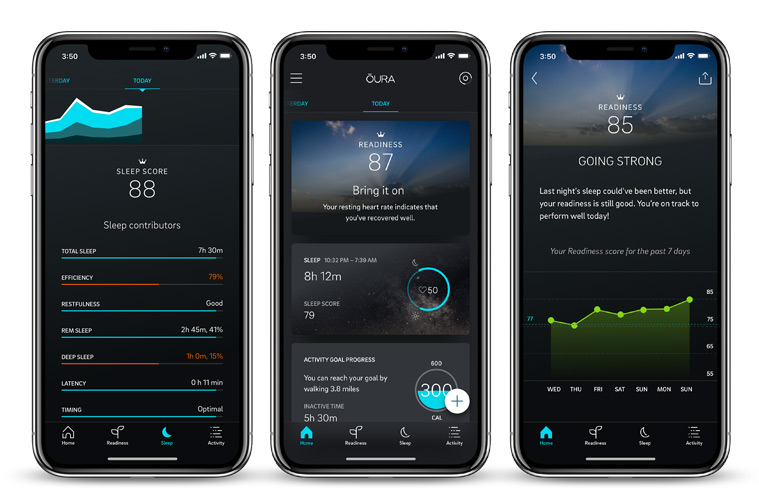 Square and Twitter CEO Jack Dorsey, Salesforce’s Marc Benioff and Prince Harry have all been spotted wearing the Oura Ring. (Image credit: Oura)
Square and Twitter CEO Jack Dorsey, Salesforce’s Marc Benioff and Prince Harry have all been spotted wearing the Oura Ring. (Image credit: Oura)
The first-generation smart ring model was launched on Kickstarter in 2015, followed by the second-generation model towards the end of 2017, though the company started shipping it only in November 2018. To date, the company has sold 150,000 smart rings. Square and Twitter CEO Jack Dorsey, Salesforce’s Marc Benioff and Prince Harry have all been spotted wearing the Oura Ring.
“We chose the ring for two reasons — one for accuracy, and two for convenience. In terms of accuracy, most people take it for granted a bit…you were taught to measure your heart rate and your pulse by looking on the inside of your wrist, and pressing your two fingers against the inside of the wrist. But that same fall on those arteries, that blood goes into your hand. And if you look at your hand, the palm of your hand, your skin is really thick. In fact, you can almost see the blood flow, that’s why your hands almost look reddish. And that skin being thin, and that same arteries, that same blood flow that’s coming, your pulse on your finger, the signal strength is about two orders of magnitude stronger, so about 100 times stronger than the veins on your wrist or your wristwatch sits.”
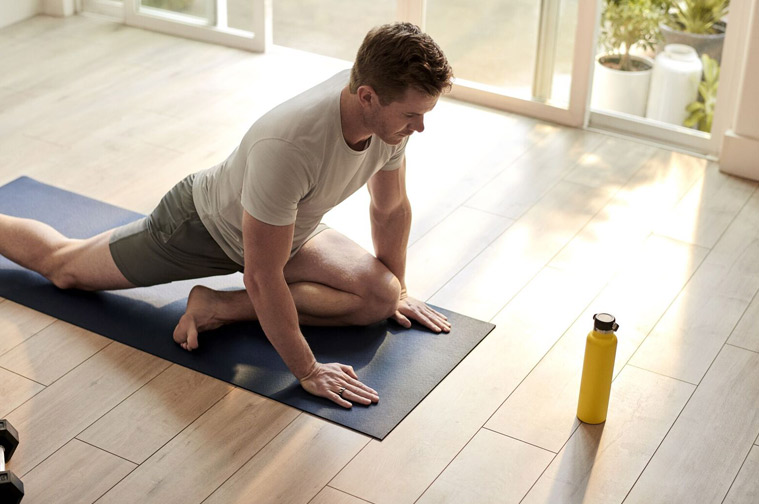 Rai says the initial idea of a smart ring was to be worn alongside fashion watches. (Image credit: Oura)
Rai says the initial idea of a smart ring was to be worn alongside fashion watches. (Image credit: Oura)
“The other reason we saw was convenience, especially if you’re going to be wearing something all the time… if you’re wearing it to bed, most people take off all their watches. We even tried things like an ear clip, but found that was sort of never convenient to wear,” he explains.
Rai says the initial idea of a smart ring was to be worn alongside fashion watches as many people weren’t ready to replace their existing watch in favour of a smartwatch. Times have changed though and now there are customers who have both the Oura Ring and Apple Watch. “I think they use those smartwatches, mainly for all types of reasons…fashion, for notifications, sending iMessages or turn by turn direction. But in terms of health features, the Apple Watch natively doesn’t actually track sleep. There are third-party apps on the Apple Watch but not Apple itself,” says, adding how they took a step back and said, “sleep is actually where health starts”.
Some of the biggest technology companies such as Apple, Google and Amazon have shown interest in the US healthcare market, which is estimated to be close to $3.5 trillion. Given the American the health sector is broken, these companies want to disrupt the market through technology and data. In September, Apple announced that it is collaborating with several academic and research institutions on three original medical studies. The company recently used ResearchKit to create the Apple Heart Study, where more than 400,000 people signed up, making it one of the largest research efforts ever.
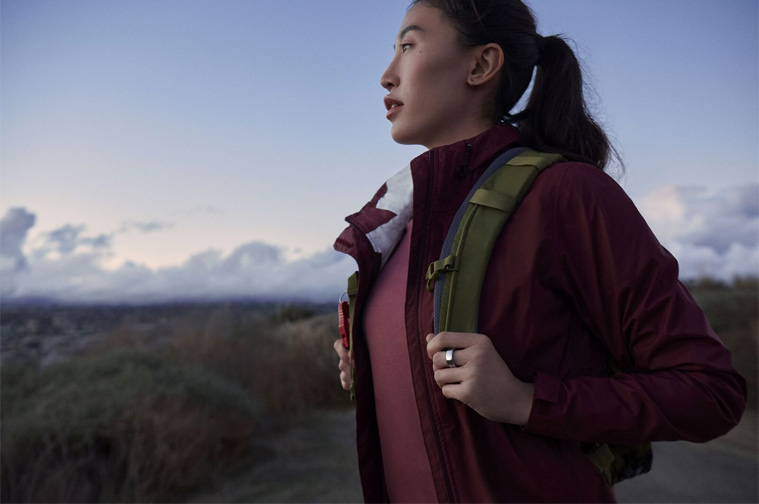 Rai says the initial idea of a smart ring was to be worn alongside fashion watches as many people weren’t ready to replace their existing watch in favour of a smartwatch. (Image credit: Oura)
Rai says the initial idea of a smart ring was to be worn alongside fashion watches as many people weren’t ready to replace their existing watch in favour of a smartwatch. (Image credit: Oura)
Oura, which has a team of over 100 people, recently raised $28 million in Series B funding. The funding round was backed by Google’s Gradient Ventures, Forerunner Ventures, and Square.
Although the smart ring market is niche at the moment, Rai sees a great potential to grow. “I think the form factor is acceptable by humans. It’s our job to prove that there are benefits on the finger, both in terms of accuracy of applications and use cases and convenience,” he says.
But the ring has certain limitations over other wearable devices like fitness bands and smartwatches. Rai agrees to it, but says his company is focused on health and the Oura is designed to measure users’ sleep patterns. “We wanted to provide something that seamlessly blended, is not obtrusive, flashy or distracting, just something really focussed on monitoring and understanding your health. I think we can get more health applications here.”